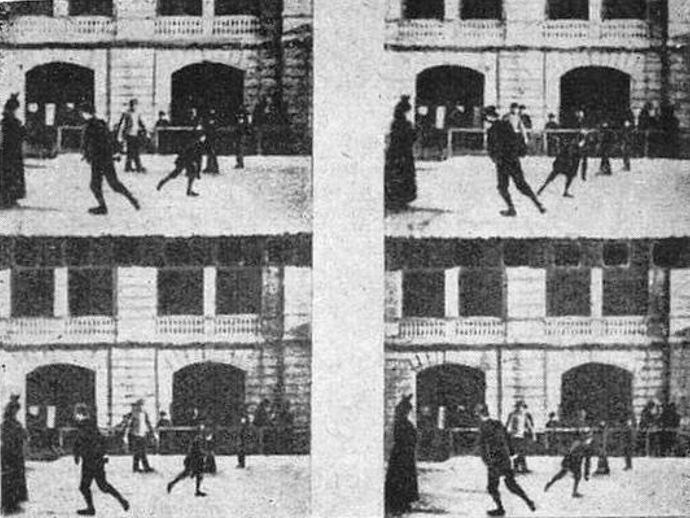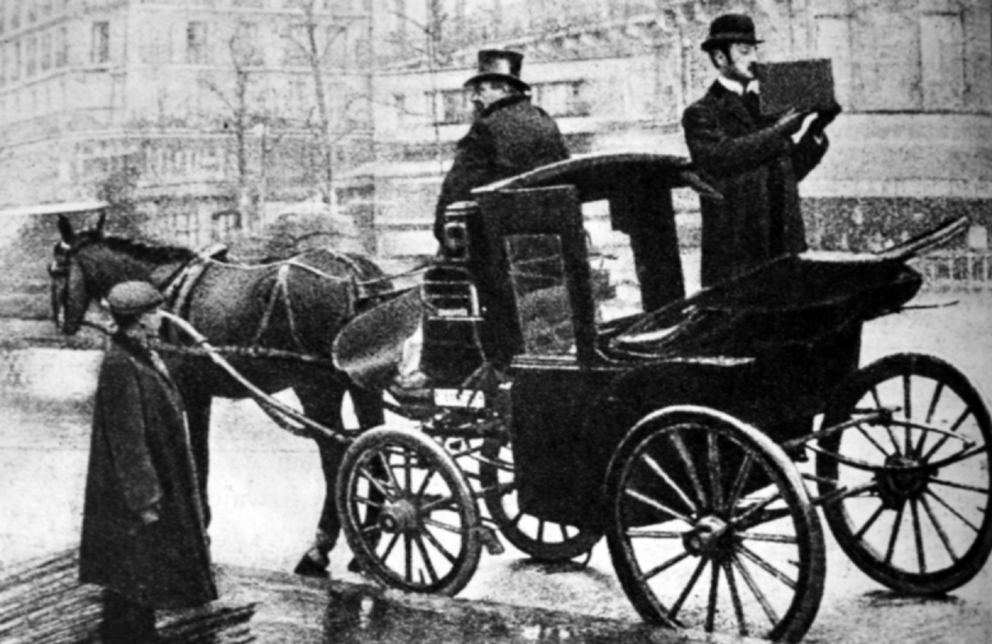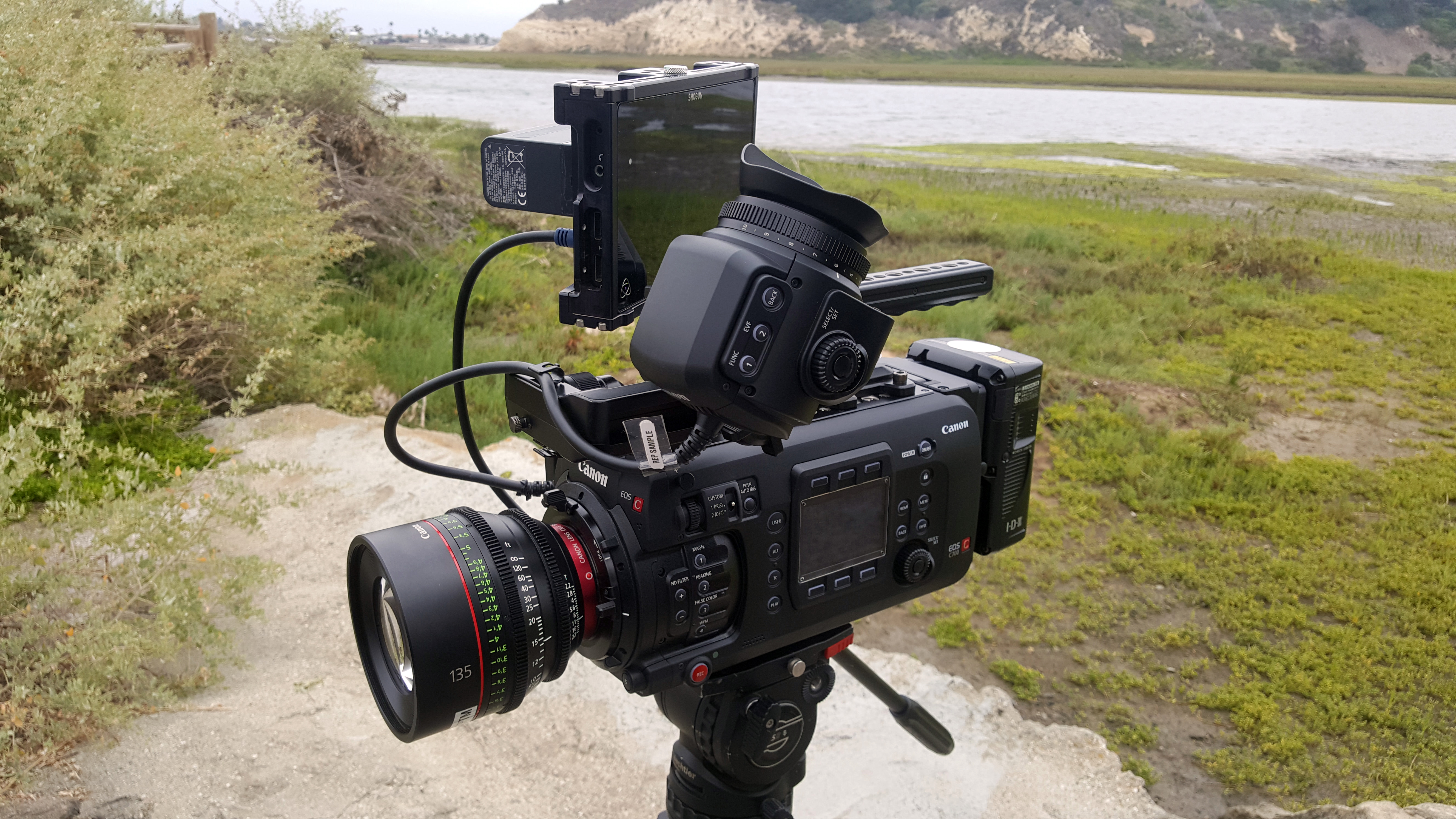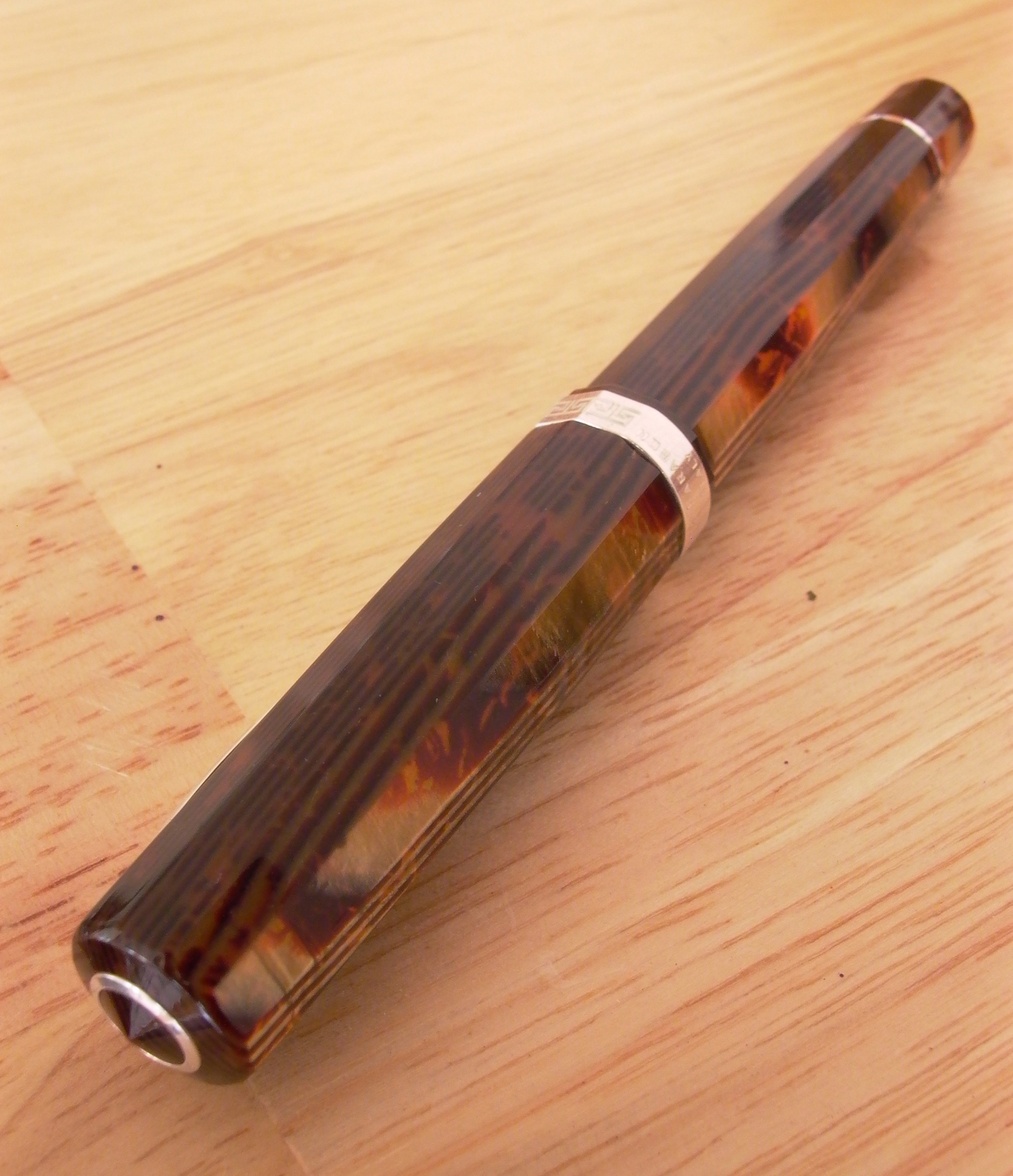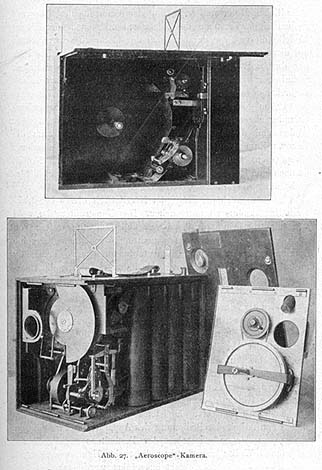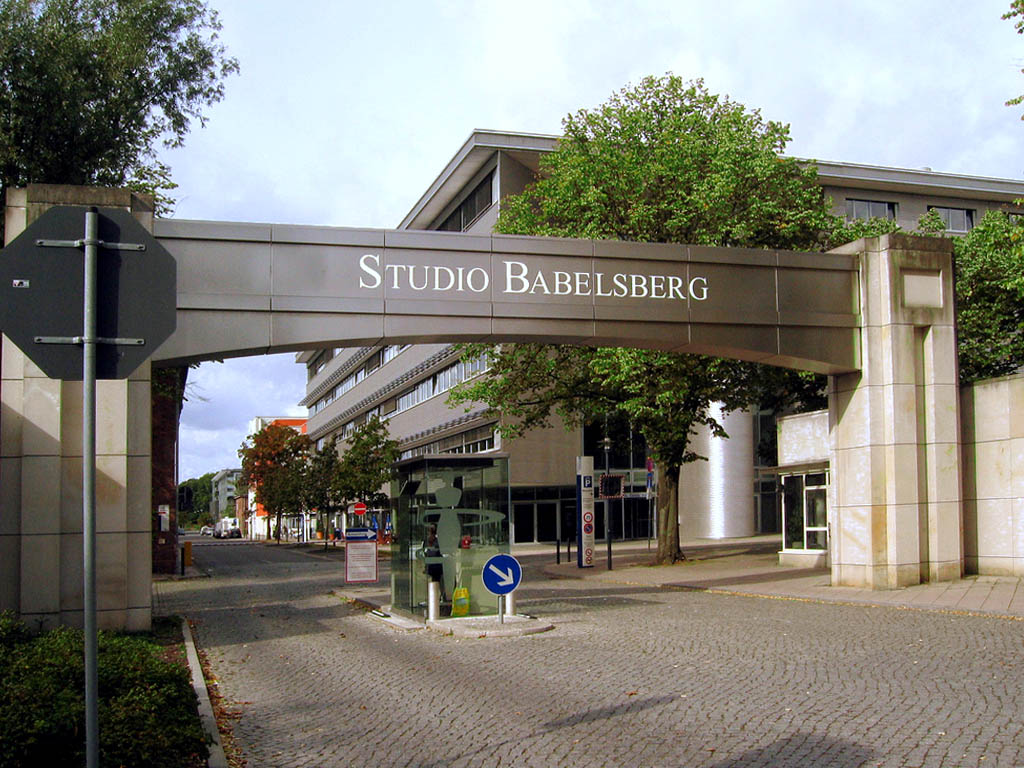|
Pleograph
Pleograph ( pl, Pleograf) was an early type of movie camera constructed in 1894, before those made by the Lumière brothers,Maciej Iłowiecki, "Dzieje nauki polskiej", Wydawnictwo Interpress, Warszawa 1981, , p.202 (Polish). by Polish inventor Kazimierz Prószyński. Similarly to the Lumière brothers cinematograph, Prószyński's pleograph has also been used as a projector. The apparatus used a rectangle of celluloid with perforation between several parallel rows of images. Using improved pleograph Prószyński shot first short films showing scenes from the life of Warsaw like people skating on in the park ("''Ślizgawka w Ogrodzie Saskim''" (Rink in Saxon Garden) - 1902). Prószyński later constructed the first hand held camera called an Aeroscope, the first compressed air camera. Studio named after it The first Polish film studio established in Warsaw in 1901 was named after this camera in its Polish Polish may refer to: * Anything from or related to Poland, a country i ... [...More Info...] [...Related Items...] OR: [Wikipedia] [Google] [Baidu] |
Kazimierz Prószyński
Kazimierz Prószyński (4 April 1875 – 13 March 1945) was a Polish inventor active in the field of cinematography. He patented his first film camera, called Pleograph, before the Lumière brothers, and later went on to improve the cinema projector for the Gaumont company. He was also the inventor of the widely used first hand-held Aeroscope camera. Biography Born in Warsaw, Prószyński was educated in both Poland and Belgium, and was also active in France, England and the United States. He was the grandson of the photographer Stanisław Antoni Prószyński, who had been accused and sentenced by Congress Poland's Imperial Russian authorities of placing Polish patriotic symbols in the background of photographs. He was also the son of Konrad Prószyński, an active Polish educator, writer and publisher. In 1894, Kazimierz Prószyński built one of the first movie cameras. This Pleograph, or apparatus for taking photographs and projecting pictures, was built before the Lum ... [...More Info...] [...Related Items...] OR: [Wikipedia] [Google] [Baidu] |
Movie Camera
A movie camera (also known as a film camera and cine-camera) is a type of photographic camera that rapidly takes a sequence of photographs, either on an image sensor or onto film stock, in order to produce a moving image to project onto a movie screen. In contrast to the still camera, which captures a single image at a time, by way of an intermittent mechanism, the movie camera takes a series of images; each image is a ''frame'' of film. The strips of frames are projected through a movie projector at a specific frame rate (number of frames per second) to show a moving picture. When projected at a given frame rate, the persistence of vision allows the eyes and brain of the viewer to merge the separate frames into a continuous moving picture. History An interesting forerunner to the movie camera was the machine invented by Francis Ronalds at the Kew Observatory in 1845. A photosensitive surface was drawn slowly past the aperture diaphragm of the camera by a clockwork mechanism to ... [...More Info...] [...Related Items...] OR: [Wikipedia] [Google] [Baidu] |
Cinematograph
Cinematograph or kinematograph is an early term for several types of motion picture film mechanisms. The name was used for movie cameras as well as film projectors, or for complete systems that also provided means to print films (such as the Cinématographe Lumière). History A device by this name was invented and patented as the "Cinématographe Léon Bouly" by French inventor Léon Bouly on February 12, 1892. Bouly coined the term "cinematograph," from the Greek for "writing in movement."Abel, Richard. Encyclopedia of Early Cinema. 1st ed. London: Routledge, 2004. Due to a lack of money, Bouly could not develop his ideas properly and maintain his patent fees, so the Lumière brothers were free to adopt the name. In 1895, they applied it to a device that was mostly their own invention. The Lumière brothers made their first film, '' Workers Leaving the Lumière Factory'' (''Sortie de l'usine Lumière de Lyon''), that same year. The first commercial, public screening of ci ... [...More Info...] [...Related Items...] OR: [Wikipedia] [Google] [Baidu] |
Lumière Brothers
Lumière is French for 'light'. Lumiere, Lumière or Lumieres may refer to: *Lumières, the philosophical movement in the Age of Enlightenment People *Auguste and Louis Lumière, French pioneers in film-making Film and TV * Institut Lumière, a French organization for the preservation of French cinema * ''Lumière'' (film), 1976 French drama film * Lumiere (database), an online database of admission results for films released in Europe *Lumières Award, an annual French film awards ceremony * Lumiere TV, a premium television service available in Cyprus, that broadcasts movies and series * Télé Lumière, a Christian television station in Lebanon and the Arab World. Also affiliate station Noursat * Lumière Film Festival, a film festival in Lyon, France ** Lumière Award (film festival award), an award presented at the Lumière Film Festival * ''Lumière! L'aventure commence'', a 2017 film edited by Thierry Frémaux. *Lumière, a character in Disney's ''Beauty and the Beast'' ... [...More Info...] [...Related Items...] OR: [Wikipedia] [Google] [Baidu] |
Celluloid
Celluloids are a class of materials produced by mixing nitrocellulose and camphor, often with added dyes and other agents. Once much more common for its use as photographic film before the advent of safer methods, celluloid's common contemporary uses are table tennis balls, musical instruments, combs, office equipment, and guitar picks. History Nitrocellulose Nitrocellulose-based plastics slightly predate celluloid. Collodion, invented in 1848 and used as a wound dressing and an emulsion for photographic plates, is dried to a celluloid like film. Alexander Parkes The first celluloid as a bulk material for forming objects was made in 1855 in Birmingham, England, by Alexander Parkes, who was never able to see his invention reach full fruition, after his firm went bankrupt due to scale-up costs. Parkes patented his discovery as Parkesine in 1862 after realising a solid residue remained after evaporation of the solvent from photographic collodion. Parkes patented it as a cloth ... [...More Info...] [...Related Items...] OR: [Wikipedia] [Google] [Baidu] |
Warsaw
Warsaw ( pl, Warszawa, ), officially the Capital City of Warsaw,, abbreviation: ''m.st. Warszawa'' is the capital and largest city of Poland. The metropolis stands on the River Vistula in east-central Poland, and its population is officially estimated at 1.86 million residents within a greater metropolitan area of 3.1 million residents, which makes Warsaw the 7th most-populous city in the European Union. The city area measures and comprises 18 districts, while the metropolitan area covers . Warsaw is an Alpha global city, a major cultural, political and economic hub, and the country's seat of government. Warsaw traces its origins to a small fishing town in Masovia. The city rose to prominence in the late 16th century, when Sigismund III decided to move the Polish capital and his royal court from Kraków. Warsaw served as the de facto capital of the Polish–Lithuanian Commonwealth until 1795, and subsequently as the seat of Napoleon's Duchy of Warsaw. Th ... [...More Info...] [...Related Items...] OR: [Wikipedia] [Google] [Baidu] |
Aeroscope
Aeroscope was a type of compressed air camera for making films, constructed by Polish inventor Kazimierz Prószyński in 1909 (French patent from 10 April 1909) and built in England since 1911, at first by Newman & Sinclair, and from 1912 by Cherry Kearton Limited. Background Patented in England in 1910 by the Polish inventor Kazimierz Prószyński, Aeroscope was the first successful hand-held operated film camera. It has been powered by compressed air pumped before filming into the camera with a simple hand pump, similar to the one we still use to pump bicycle tyres. Filming with Aeroscope, a cameraman did not have to turn the crank to advance the material filming, as in all cameras of that time, so he could operate the camera with both hands, holding the camera and controlling the focus. This made it possible to film with the Aeroscope hand-held in most difficult circumstances, as well as made possible to film from airplanes, also for military purposes. Camera carried o ... [...More Info...] [...Related Items...] OR: [Wikipedia] [Google] [Baidu] |
Compressed Air
Compressed air is air kept under a pressure that is greater than atmospheric pressure. Compressed air is an important medium for transfer of energy in industrial processes, and is used for power tools such as air hammers, drills, wrenches, and others, as well as to atomize paint, to operate air cylinders for automation, and can also be used to propel vehicles. Brakes applied by compressed air made large railway trains safer and more efficient to operate. Compressed air brakes are also found on large highway vehicles. Compressed air is used as a breathing gas by underwater divers. It may be carried by the diver in a high pressure diving cylinder, or supplied from the surface at lower pressure through an air line or diver's umbilical. Similar arrangements are used in breathing apparatus used by firefighters, mine rescue workers and industrial workers in hazardous atmospheres. In Europe, 10 percent of all industrial electricity consumption is to produce compressed air� ... [...More Info...] [...Related Items...] OR: [Wikipedia] [Google] [Baidu] |
Film Studio
A film studio (also known as movie studio or simply studio) is a major entertainment company or motion picture company that has its own privately owned studio facility or facilities that are used to make films, which is handled by the production company. Most firms in the entertainment industry have never owned their own studios, but have rented space from other companies. There are also independently owned studio facilities, who have never produced a motion picture of their own because they are not entertainment companies or motion picture companies; they are companies who sell only studio space. Beginnings In 1893, Thomas Edison built the first movie studio in the United States when he constructed the Black Maria, a tarpaper-covered structure near his laboratories in West Orange, New Jersey, and asked circus, vaudeville, and dramatic actors to perform for the camera. He distributed these movies at vaudeville theaters, penny arcades, wax museums, and fairgrounds. The first ... [...More Info...] [...Related Items...] OR: [Wikipedia] [Google] [Baidu] |
Polish Language
Polish (Polish: ''język polski'', , ''polszczyzna'' or simply ''polski'', ) is a West Slavic language of the Lechitic group written in the Latin script. It is spoken primarily in Poland and serves as the native language of the Poles. In addition to being the official language of Poland, it is also used by the Polish diaspora. There are over 50 million Polish speakers around the world. It ranks as the sixth most-spoken among languages of the European Union. Polish is subdivided into regional dialects and maintains strict T–V distinction pronouns, honorifics, and various forms of formalities when addressing individuals. The traditional 32-letter Polish alphabet has nine additions (''ą'', ''ć'', ''ę'', ''ł'', ''ń'', ''ó'', ''ś'', ''ź'', ''ż'') to the letters of the basic 26-letter Latin alphabet, while removing three (x, q, v). Those three letters are at times included in an extended 35-letter alphabet, although they are not used in native words. The traditiona ... [...More Info...] [...Related Items...] OR: [Wikipedia] [Google] [Baidu] |
History Of Film
The history of film chronicles the development of a visual art form created using film technologies that began in the late 19th century. The advent of film as an artistic medium is not clearly defined. However, the commercial, public screening of ten of the Lumière brothers' short films in Paris on 28 December 1895 can be regarded as the breakthrough of projected cinematographic motion pictures. There had been earlier cinematographic results and screenings by others like the Skladanowsky brothers, who used their self-made Bioscop to display the first moving picture show to a paying audience on 1 November 1895 in Berlin, but they lacked neither the quality, financial backing, stamina, or the luck to find the momentum that propelled the cinématographe Lumière into worldwide success. Those earliest films were in black and white, under a minute long, without recorded sound and consisted of a single shot from a steady camera. The first decade of motion pictures saw film ... [...More Info...] [...Related Items...] OR: [Wikipedia] [Google] [Baidu] |
